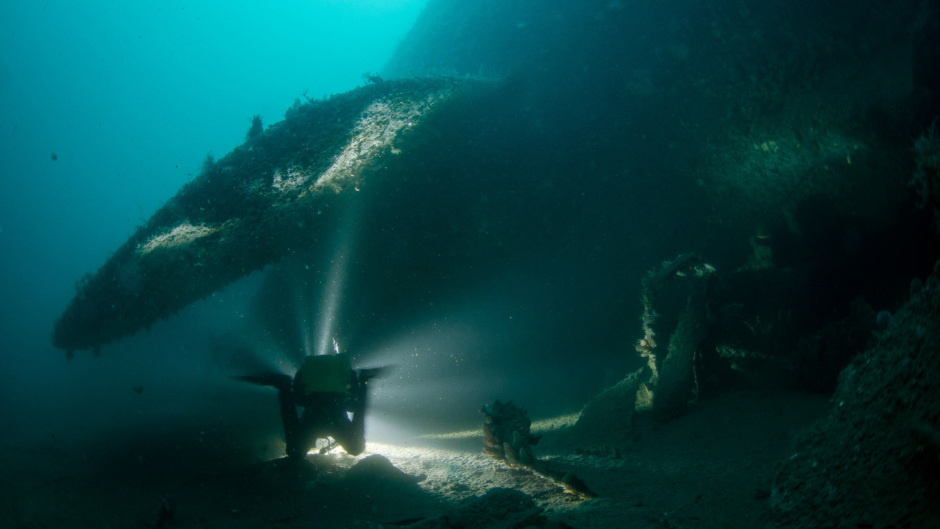The scuttling of the German naval fleet in Orkney’s Scapa Flow following the end of WWI is to be marked 100 years on.
It was described as the “single greatest act of naval suicide the world has ever seen” and the centenary will be commemorated with a number of art and community events.
The scuttling remains one of the greatest losses of shipping ever recorded in a single day.
On June 21, 1919, 52 interned warships of the Imperial German Navy High Seas Fleet were scuttled at Scapa Flow to avoid them falling into British hands – with nine crewmen lost their lives.
Nearly 100 years on, the wrecks attract thousands of underwater tourists to Orkney each year bringing millions of pounds to the economy.
Orkney Islands Council is planning a major commemoration of the scuttling.
An open pot totalling £5000 has been made available from the council for organisations who would like to deliver arts and heritage events and activities aimed at supporting commemorations of the scuttling.
Following the end of World War 1, Germany had to surrender most of its naval fleet as part of the Armistice agreement. A total of 74 ships of the German High Seas Fleet arrived in Scapa Flow for internment.
On 21 June 1919, acting under the mistaken belief that peace talks had failed, Rear Admiral Ludwig von Reuter gave the command to scuttle the entire German fleet in the Flow — to prevent them from falling into the hands of the British and Allied forces. More than 50 ships went to the seafloor.
The coming months will see several projects both from Orkney and from international contributors reveal the historical significance of the scuttling, mark its impact and highlight the continued legacy in Orkney.

Commemorations will remember the 13 German lives lost as a result of the internment and scuttling, the graves of whom are cared for by the Commonwealth War Graves Commission at the Lyness Royal Navy Cemetery, Hoy.
Councillor Rob Crichton is chairman of the council’s education, leisure and housing committee: “The scuttling of the German fleet is a unique story which highlights both the pivotal role Orkney’s waters played during the Armistice, and the terrible tolls of war.
“We’re keen to support projects which can contribute to a programme of events aimed at telling this story, and foster a continued understanding of its significance.”
>> Keep up to date with the latest news with The P&J newsletter
Projects which could be eligible might include community events, exhibitions, workshops, performances, walks and talks.
The closing date for applications is January 18.
At least seven of the scuttled German ships, and a number of sunken British ships, can be visited by scuba divers.
During WW11, Scapa also saw one of the iconic attacks of the conflict.
On 14 October 1939, under the command of Günther Prien, U-47 penetrated Scapa Flow and sank the battleship HMS Royal Oak anchored in Scapa Bay. Of the 1,400-man crew, 833 were lost. The wreck is now a protected war grave.
At 120 square miles, Scapa Flow is one of the world’s largest natural harbours and the sea around Orkney has one of the largest concentrations of shipwrecks anywhere.
diver Rod Macdonald, who wrote the seminal bible to the wrecks, says of the scuttling in Dive Scapa Flow: “It was, and still is, the single greatest act of naval suicide the world has ever seen.”
He says that many of the once proud ships are disappearing with the ravages of time.










